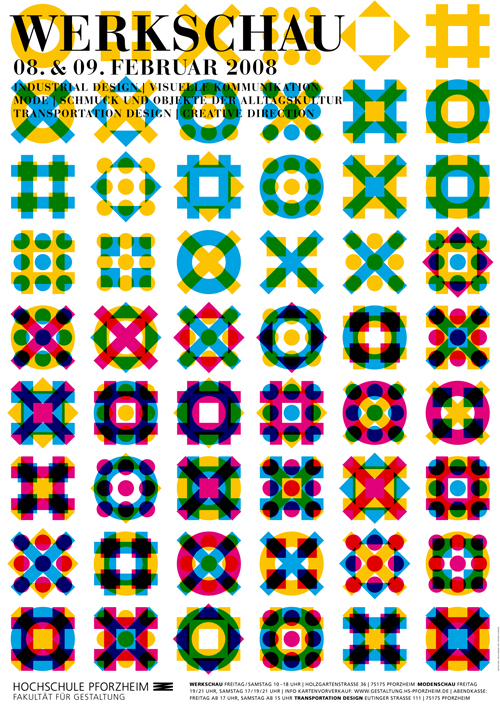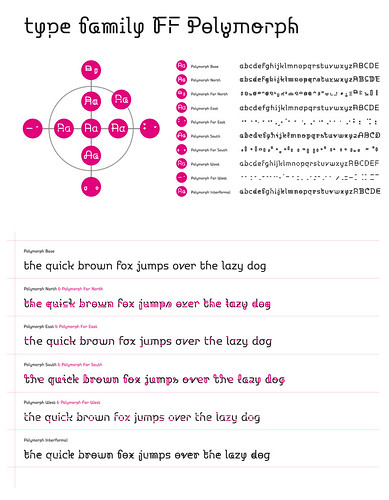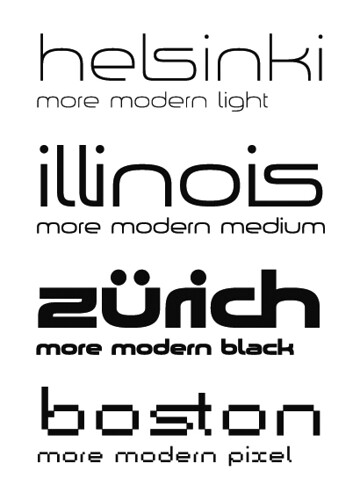Saturday, 6:03am
4 April 2009
Q&A with Stefanie Schwarz
‘OpenType makes typographic subtleties easier to apply now’

Online exclusive. For other interviews on the theme of ‘Who needs design history?' see Eye 68 on the Eye site.
Stefanie Schwarz, Stuttgart, Germany,
Q. What do you think is meant by ‘the canon of graphic design history’?
Do you ever think about it, and do you read design history publications?
A. For me the canon of graphic design contains the functional ideas of the Modernists, as well as the questioning attitude of the Postmodernists.
I think it's interesting, but also very important for my own work, to be aware of the influences and intentions of preceding eras. Therefore I read magazines, books or essays that deal with these concerns.
Q. Does this kind of design history have relevance to what you do in your design practice?
A. My new work is always a reaction to existing designs, because I respond or add something to them, reject them or just be inspired by them.
Q. Where did you learn about design history (if at all)?
At the schools where I studied, both in classes and in the libraries.
Q. Does history have any relevance to the new technology and techniques you’ve had to master in your work?
A. One good example is maybe the font format OpenType. Typographic subtleties such as ligatures, old-style figures or small caps were perfectly elaborated centuries ago but in earlier font formats are available only through additional expert sets. OpenType makes them a lot easier to apply.
Q. If you were in charge of a design education programme, what aspects of design history (if any) would you teach to your students?
A. I would first try to give an overview as broad as possible. Starting with traditional letterpress layouts since the era of Gutenberg and then straight forward to the twentieth century. Not finishing in the Modernists’ age, but going on to Postmodernism, with all its complex and multi-layered approaches. At best such a background offers students a base to create new, original and authentic designs for the future.
Stefanie Schwarz comes from Singen, and graduated from the school of design in Pforzheim, Germany in 2006 (having previously studied at the University of Georgia, in the US, and the State Academy of Art and Design Stuttgart, Germany).
StefanieSchwarz-GraphicDesign.de

Eye is the world’s most beautiful and collectable graphic design journal, published quarterly for professional designers, students and anyone interested in critical, informed writing about graphic design and visual culture. It is available from all good design bookshops and online at the Eye shop, where you can buy subscriptions and single issues.
